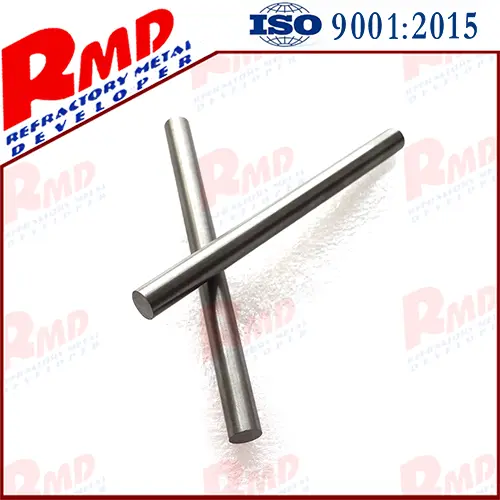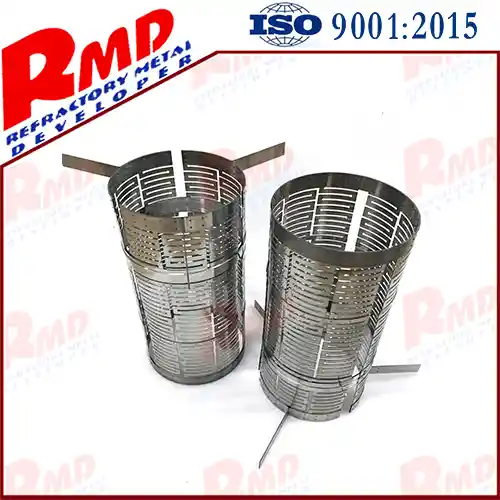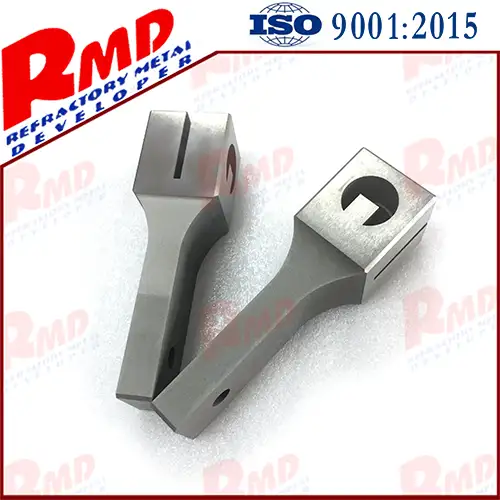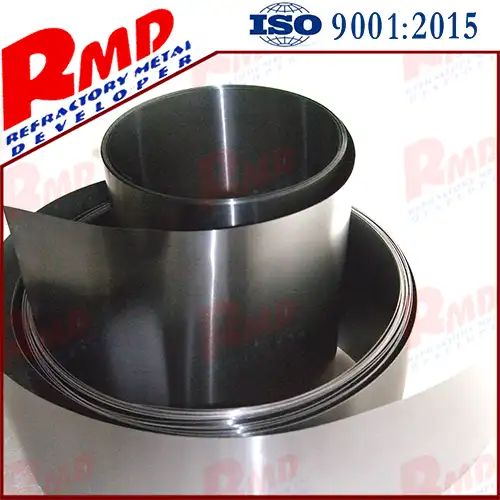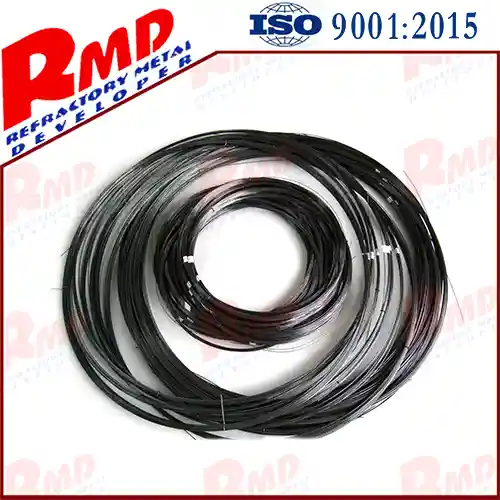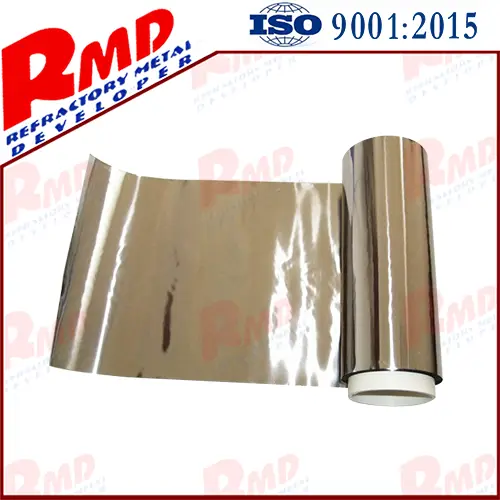- English
- French
- German
- Portuguese
- Spanish
- Russian
- Japanese
- Korean
- Arabic
- Greek
- German
- Turkish
- Italian
- Danish
- Romanian
- Indonesian
- Czech
- Afrikaans
- Swedish
- Polish
- Basque
- Catalan
- Esperanto
- Hindi
- Lao
- Albanian
- Amharic
- Armenian
- Azerbaijani
- Belarusian
- Bengali
- Bosnian
- Bulgarian
- Cebuano
- Chichewa
- Corsican
- Croatian
- Dutch
- Estonian
- Filipino
- Finnish
- Frisian
- Galician
- Georgian
- Gujarati
- Haitian
- Hausa
- Hawaiian
- Hebrew
- Hmong
- Hungarian
- Icelandic
- Igbo
- Javanese
- Kannada
- Kazakh
- Khmer
- Kurdish
- Kyrgyz
- Latin
- Latvian
- Lithuanian
- Luxembou..
- Macedonian
- Malagasy
- Malay
- Malayalam
- Maltese
- Maori
- Marathi
- Mongolian
- Burmese
- Nepali
- Norwegian
- Pashto
- Persian
- Punjabi
- Serbian
- Sesotho
- Sinhala
- Slovak
- Slovenian
- Somali
- Samoan
- Scots Gaelic
- Shona
- Sindhi
- Sundanese
- Swahili
- Tajik
- Tamil
- Telugu
- Thai
- Ukrainian
- Urdu
- Uzbek
- Vietnamese
- Welsh
- Xhosa
- Yiddish
- Yoruba
- Zulu
Application Of Pulse Tungsten Arc Welding Of Stainless Steel
2024-01-05 18:00:06
Pulsed argon tungsten arc welding is a new welding process developed on the basis of ordinary argon tungsten arc welding. It controls the welding pool process by controlling the periodic pulse changes of arc energy. Tungsten electrodes can also be used. The principle is to maintain an arc ionization channel with a small base current, and periodically add a peak pulse main arc with the same polarity on this basis to melt the metal and control the droplet transfer. The pulse welding power supply is generally composed of a DC power supply plus a thyristor DC switching device.
In stainless steel welding, the DC pulse argon tungsten arc welding process is usually used. When welding austenitic stainless steel foil and metal hose tube blanks with a thickness of less than 1mm, if a uniform welding current is used for welding, the required welding current Just a few amps or more than ten amps. Although the diameter of the selected tungsten wire electrode can be reduced correspondingly, the current density will still become too small, causing the local pole spot of the tungsten wire to drift, causing the arc to be unstable; if the welding current is adjusted larger, it will be welded. Thin parts burn through due to overheating. In order to overcome the above shortcomings and ensure continuous welding, a process gas shielded pulse arc welding has been developed. Its advantages are:
1) It can accurately control the heat input of the welded parts, and overcome the collapse of the weld caused by the surface tension of the deposited metal being insufficient to support the molten pool, thereby improving the ability of the weld to resist burn through, especially suitable for Thin plate (thin 0.1m) butt weld. It can realize single-sided welding and double-sided forming without a backing plate, and the welding deformation is small.
2) Under the premise of ensuring penetration, the heat input and the residence time of the weld at high temperature can be adjusted, so it is suitable for welding various materials with poor weldability, and can reduce the tendency of hot cracking, hardening and cold cracking. The stainless steel can also improve the corrosion resistance of welded joints.
3) It is not sensitive enough to the fluctuation of welding process and welding parameters, has strong adaptability to various welding positions, and is suitable for all-position welding.
4) The weld seam is beautifully formed and the quality is stable. The mechanical properties of the welded joint are higher than that of ordinary argon tungsten arc welding.
5) You can choose whether to add welding wire according to the thickness of the weldment, and helium can also be used as a shielding gas.
According to the different pulse frequency, it can be divided into low frequency, intermediate frequency and high frequency pulse argon arc welding.
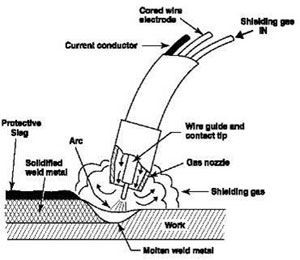
1. Low frequency pulse tungsten arc welding
The basic principle of low-frequency pulse argon tungsten arc welding is: the magnitude of the welding current (the effective amount of direct current or alternating current) changes periodically, and the frequency of the pulse is close to one to several times per second, and no more than a dozen times at most. The current pulse is supplied by a low-frequency pulse method. Low-frequency pulse argon arc welding is widely used in production. For example, the welding parameters of the butt weld of austenitic stainless steel sheet and the butt weld of the pipe are shown in Figure 1 and Figure 2. It is tungsten pulse argon arc welding without filler wire). Use DC positive polarity power supply when welding.
2. Medium pulse argon tungsten arc welding process
Intermediate frequency pulsed tungsten ammonia arc welding is to superimpose 200-500Hz intermediate frequency pulse current on direct current, which can improve the stiffness of the arc, increase the penetration depth to a certain extent, and promote the refinement of the molten pool metal grain, which can improve the toughness of the weld metal . This process is used for welding important parts of aviation and aerospace engineering.
3. High-frequency pulse tungsten argon arc welding process
The difference between high frequency pulsed argon arc welding and low frequency and intermediate frequency pulsed argon arc welding is that the welding current changes at an extremely high frequency of thousands or even tens of thousands of times per second. Such a high-frequency pulse current makes the magnetic recoil effect of the arc stronger, turning the conical arc into a cylindrical arc, and the compression of the arc is more intense, enhancing the stiffness of the arc. It not only improves the energy density of the arc but also enhances the penetration of the arc. It can achieve greater penetration under the same effective current or increase the welding speed at the same penetration depth, and at the same time, the molten pool can be well stirred , Improve the metallurgical properties of the weld, especially suitable for aluminum and aluminum alloy welding.
The pressure generated by the high-frequency pulse arc also causes ultrasonic vibration, which can enhance the fluidity of the molten metal. These are conducive to the refinement of grains, the reduction of weld pores, and the appearance of welds. In the case of equal welding current average value, high-frequency pulse tungsten arc welding! The n-joining speed can be doubled compared to ordinary argon tungsten arc welding, which will inevitably shorten the residence time of the weld metal at high temperatures, which is beneficial to improve the corrosion resistance of austenitic stainless steel. However, this welding method has ear-piercing noise during the welding process, which has a certain impact on human health. At the same time, this type of arc welding machine power source is expensive, resulting in a small application range. This process is sometimes used in stainless steel high-speed welded pipe production lines.
In addition, there are hot wire pulse argon tungsten arc welding, double arc and multi-arc pulse argon tungsten arc welding.
